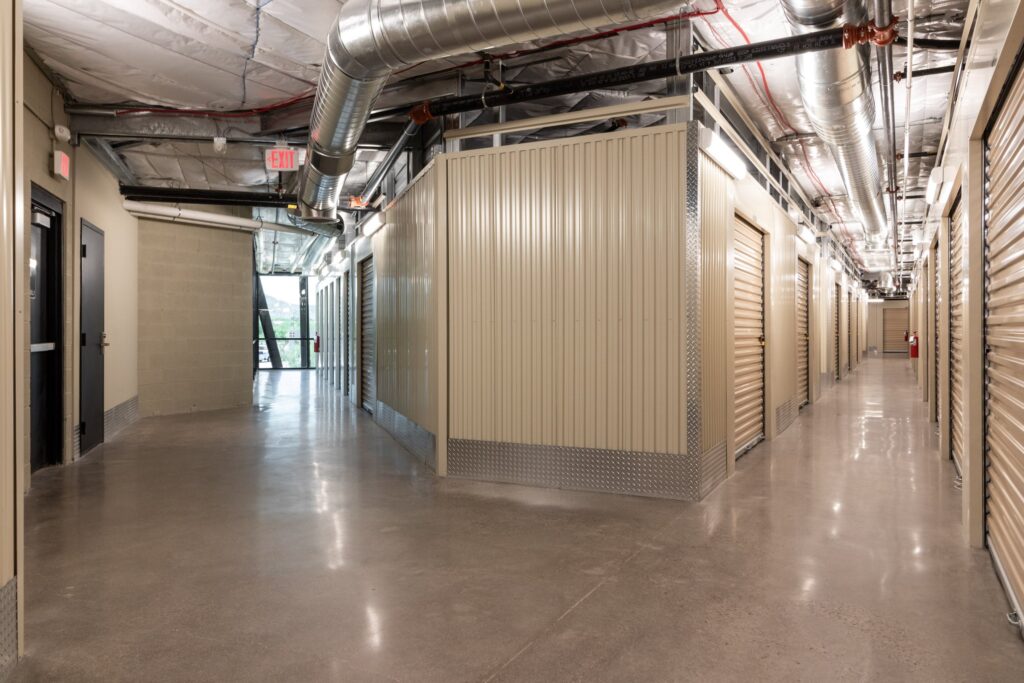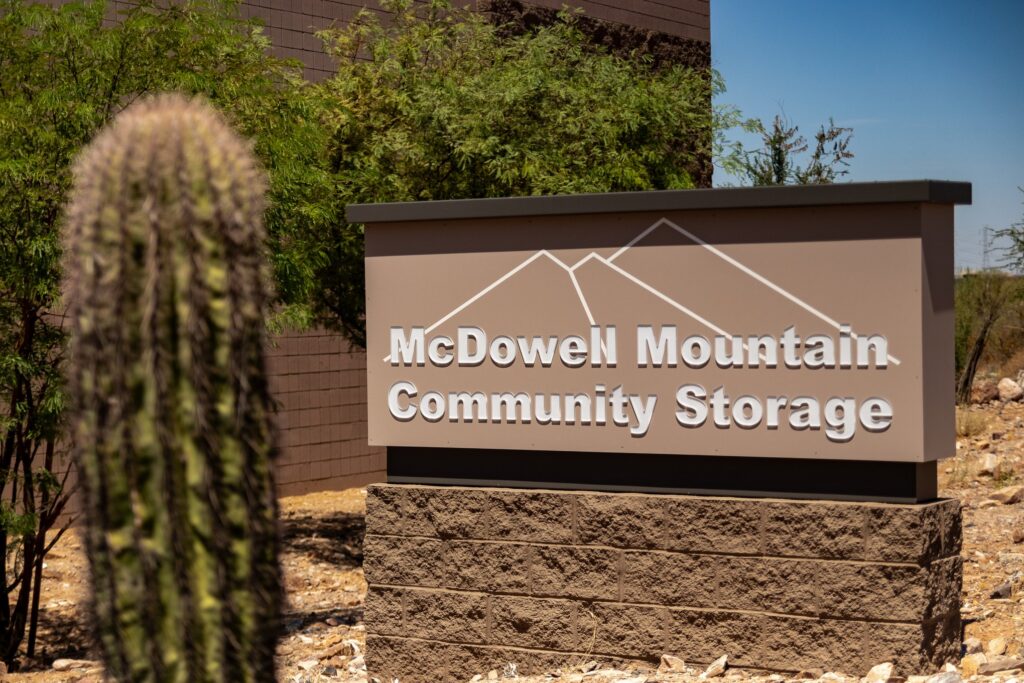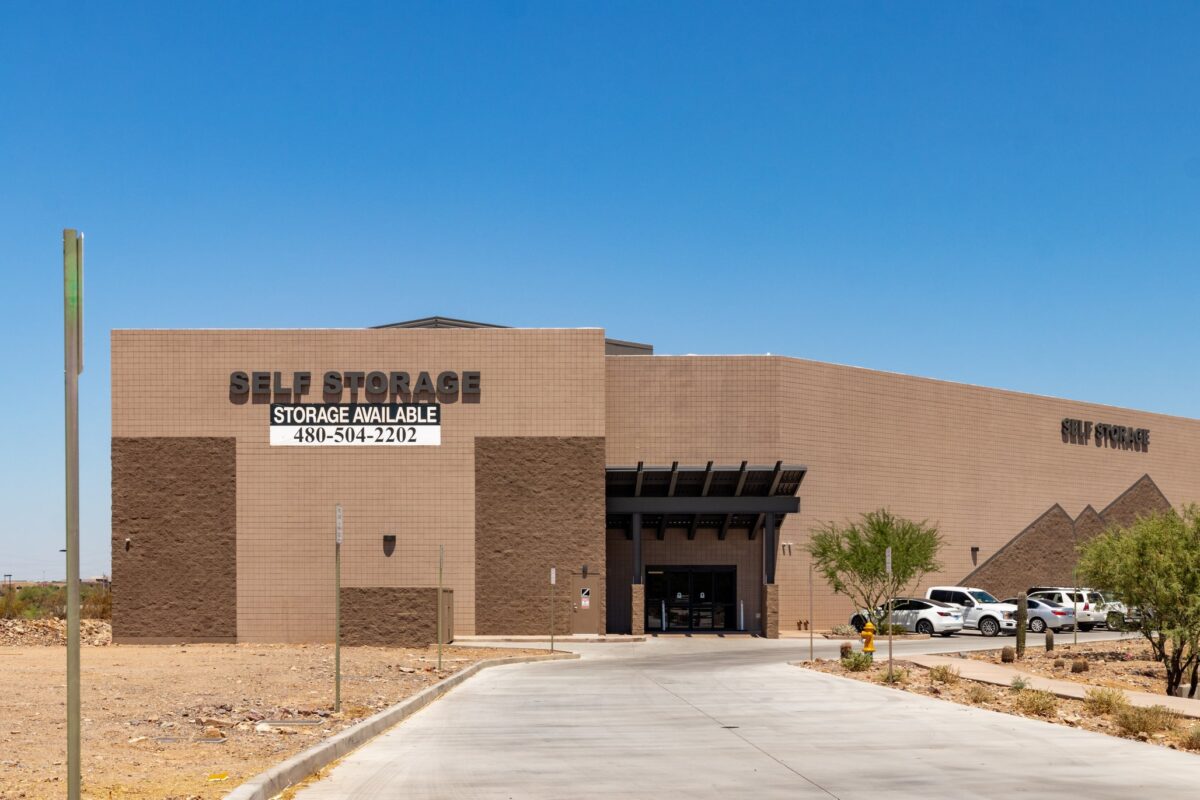The process can feel overwhelming when it comes to finding the ideal storage unit for your needs. Whether you’re looking to store a few personal items, the contents of an entire house, business inventory, or even vehicles like a boat, RV, or car, selecting the proper storage unit is crucial. At McDowell Mountain Community Storage, we understand that every customer has unique needs, and we strive to provide the perfect solution. To help you make an informed decision, we’ve compiled this comprehensive guide on choosing the proper storage unit for your needs, considering availability, recommendation, duration, amenities, proximity, and specific requirements for storage space, room, and things. Whether you’re looking for self storage solutions across various locations or need tips on choosing the best option for your storage needs, we’re here to guide you every step of the way.
Assessing Your Storage Needs
Before you even look at available storage units, it’s essential to assess exactly what you’re planning to store. The type of items, the size of the items, and the amount of space you need will significantly influence the type of unit you should choose. The most common items people store in storage units include personal belongings such as furniture, electronics, boxes of books, holiday decorations, and even more significant items like cars or boats. When considering what to store, remember things like appliances, parts of a garage, or office equipment that might require additional space.
Start by making a list of all the items you plan to store. This will give you a better sense of the space you’ll need. If you are moving out of your home, you will likely need a larger unit to fit your furniture, electronics, and other household belongings. Alternatively, a smaller unit might suffice if you’re only storing seasonal items, like holiday decorations, books, or keepsakes. If you have any specific questions about the size or type of unit you need, don’t hesitate to reach out for recommendations.
Additionally, consider whether any of your items are particularly sensitive to temperature changes or humidity. If you have electronics, important documents, or artwork, it might be worth looking into storage units that offer climate control. Climate-controlled units are designed to keep the temperature and humidity consistent to protect sensitive items from extreme heat, cold, or moisture damage. Storing your stuff in a climate-controlled unit ensures your appliances and other valuable items remain in optimal condition, saving you money in the long run.

Choosing the Right Size of Storage Unit
Choosing the right size is one of the most critical factors when selecting a storage unit. Renting a too small unit will leave you scrambling to find additional storage options, while renting a too-large unit may lead to wasted space and higher rental costs. Therefore, thinking carefully about the space you’ll need and the types of items you’ll be storing is essential.
Storage unit size is crucial, and McDowell Mountain Community Storage offers a wide range of options to fit your needs. A smaller unit, such as a 5×5, may be perfect for a few boxes, personal items, or seasonal decorations. This site could work well if you move a few furniture pieces or store office supplies. A 10×10 unit might be an excellent option for storing furniture from a one-bedroom apartment or business inventory that needs to be stored off-site. If you have more oversized items or a lot of belongings, a 10×20 unit might be more appropriate. For those needing space for vehicles like a truck, RV, or even a boat, we offer larger units that can also accommodate these items.
When you think about storage unit size, also consider how easy it will be to access your belongings. Many self-storage facilities offer convenient features like roll-up doors or drive-up access, making it easier for anyone with a truck or large vehicle to load and unload items. Whether you’re storing personal items, business inventory, or anything else, the storage unit size and features must fit your needs.
If you need more clarification on what size you need, feel free to ask the McDowell Mountain Community Storage staff for guidance. They can help you assess your inventory and recommend the right unit size for your specific needs. Check out our blog for more tips on choosing the best self-storage unit. We’re here to make the process as easy as possible and ensure you find the perfect storage solution for your belongings.
Location and Accessibility
Another important factor when choosing a storage unit is location. The location of your storage facility is essential for various reasons, including convenience, security, and the cost of rent. McDowell Mountain Community Storage is a storage company located in a convenient area with easy access so that you can get to your belongings without hassle. Whether you need frequent access to business inventory or occasionally need to retrieve seasonal items, the location should suit your needs.
Additionally, consider the hours of access that a facility offers. Some facilities have limited hours, while others offer 24/7 access. If you’re storing RVs, business inventory, or other items you need to access outside of typical business hours or have unpredictable schedules, choosing a facility with flexible access hours can make a big difference.
Another consideration is whether you must park nearby for loading and unloading. Some facilities offer drive-up access, which allows you to park directly in front of your unit sizes, making the process of loading and unloading more accessible and more convenient. Whether moving everything in one go or dropping off a few items, drive-up access saves time. Be sure to inquire about access details when choosing a storage facility.
Look for facilities that highlight the benefits of their services, such as convenient payments, secure building features, or the ability to park your door directly back to the unit for easy unloading. Finally, consider if the facility is staffed by someone who can assist with inquiries or provide additional on-site support.
Security Features
Security should always be a top priority when selecting a storage facility. Your belongings are valuable, and you want to ensure they are safe and protected in storage. McDowell Mountain Community Storage understands the importance of security, and we go the extra mile to ensure our customers’ peace of mind. Our facilities have advanced security features such as surveillance cameras, well-lit premises, and gated access to protect everything from small boxes to oversized items like furniture or mattresses.
When looking for a storage unit, ask about the security measures. Do they have 24/7 surveillance? Are there security guards on-site? Does the facility have proper lighting to deter criminal activity? It would help if you also inquired about access control systems. Many modern storage facilities use keypads or smartphone apps to allow customers to enter, which helps to ensure that only authorized individuals can access the property.
Matching your needs with the proper storage unit sizes is also important. Whether you’re storing the contents of apartments, homes, or individual item collections, choosing the correct size unit is critical. Consider what you’ll be storing: from furniture sets to seasonal decorations, selecting the proper size storage unit ensures you only pay for the space you need.
These security measures become even more critical if you store valuable items like electronics, documents, or even a boat or RV. Look for facilities with covered parking areas, protection against pests, and insurance options to cover your belongings. Whatever your storage needs, selecting a facility with these features is an intelligent choice to ensure your peace of mind.

Understanding the Costs
When it comes to storage, cost is always a key consideration. While choosing a storage unit with the lowest rental price is the best option, balancing cost with the features and services offered is essential. Some facilities may offer discounted rates for the first month, while others may have additional fees for features such as climate control, 24-hour access, or enhanced security measures. These features can be precious for homeowners looking to manage clutter or store items that require specific temperatures to maintain their condition.
At McDowell Mountain Community Storage, we offer competitive rates and flexible payment options to suit your needs. Whether you’re storing for the short term or need a long-term solution, we can help you find a storage unit that fits your budget. Consider asking about promotions or discounts that might be available, especially if you’re renting for an extended period. Some facilities offer discounts for students or long-term renters.
While looking at prices, note any additional costs that could come up during the rental period. For example, you may be required to purchase insurance for your belongings, or you might need to pay for a lock to secure your unit. Be sure to clarify any potential extra costs upfront to avoid surprises later. Prioritizing features like climate control and security can also enhance the safety of your items, making it worth considering options beyond just the lowest price.
Climate Control and Specialized Storage Options
Suppose you plan to store items sensitive to temperature and humidity changes, such as electronics, artwork, or certain types of furniture. In that case, consider a climate-controlled storage unit. These units maintain a consistent temperature and humidity level, ensuring that your items are protected from extreme weather conditions, whether it’s the heat of summer or the cold of winter.
At McDowell Mountain Community Storage, we offer climate-controlled storage units to ensure that sensitive items like electronics, important documents, antiques, and even mattresses are kept in optimal condition. Climate control is significant for business owners who need to store inventory that may be affected by temperature and humidity, such as documents, artwork, or electronics.
Customer Reviews and Reputation
A great way to gauge the quality of a storage facility is by reading customer reviews. Take some time to check online reviews to get a sense of the reputation of the storage facility you’re considering. Customer feedback can provide valuable insights into the quality of the facilities, customer service, and the overall experience.
At McDowell Mountain Community Storage, we are proud of our reputation for excellent service. Our customers appreciate our clean, secure facilities and friendly, helpful staff. We work hard to ensure that our customers’ storage needs are met, whether they’re storing a few boxes or a house full of belongings.
Flexibility in Rental Terms
Finally, the flexibility of the rental contract should be considered. Some storage companies offer long-term contracts, while others offer month-to-month rentals. If you need to figure out how long you will need storage, choosing a facility that offers more flexible rental terms may be a good idea. This is especially important if you are still determining whether you need to store your items for a few months or longer.
At McDowell Mountain Community Storage, we offer short-term and long-term rental options, so you can choose a rental agreement that best fits your needs. We also offer flexibility in unit size, allowing you to upsize or downsize your unit as your needs change.
Final Thoughts
Choosing the proper storage unit involves evaluating several vital factors, such as the size, security features, location, and cost. By considering these factors carefully and assessing your storage needs, you can select a unit that offers the perfect balance of convenience, affordability, and security. Whether you store personal items, business inventory, or vehicles like a boat or RV, McDowell Mountain Community Storage is here to help.
If you’re ready to find the ideal storage unit, contact us today to learn more about our options. Our friendly team can help determine the best unit size and guide you through the rental process. Whether moving, decluttering, or needing a place to store your business inventory, McDowell Mountain Community Storage provides a secure, accessible, and affordable storage solution.


